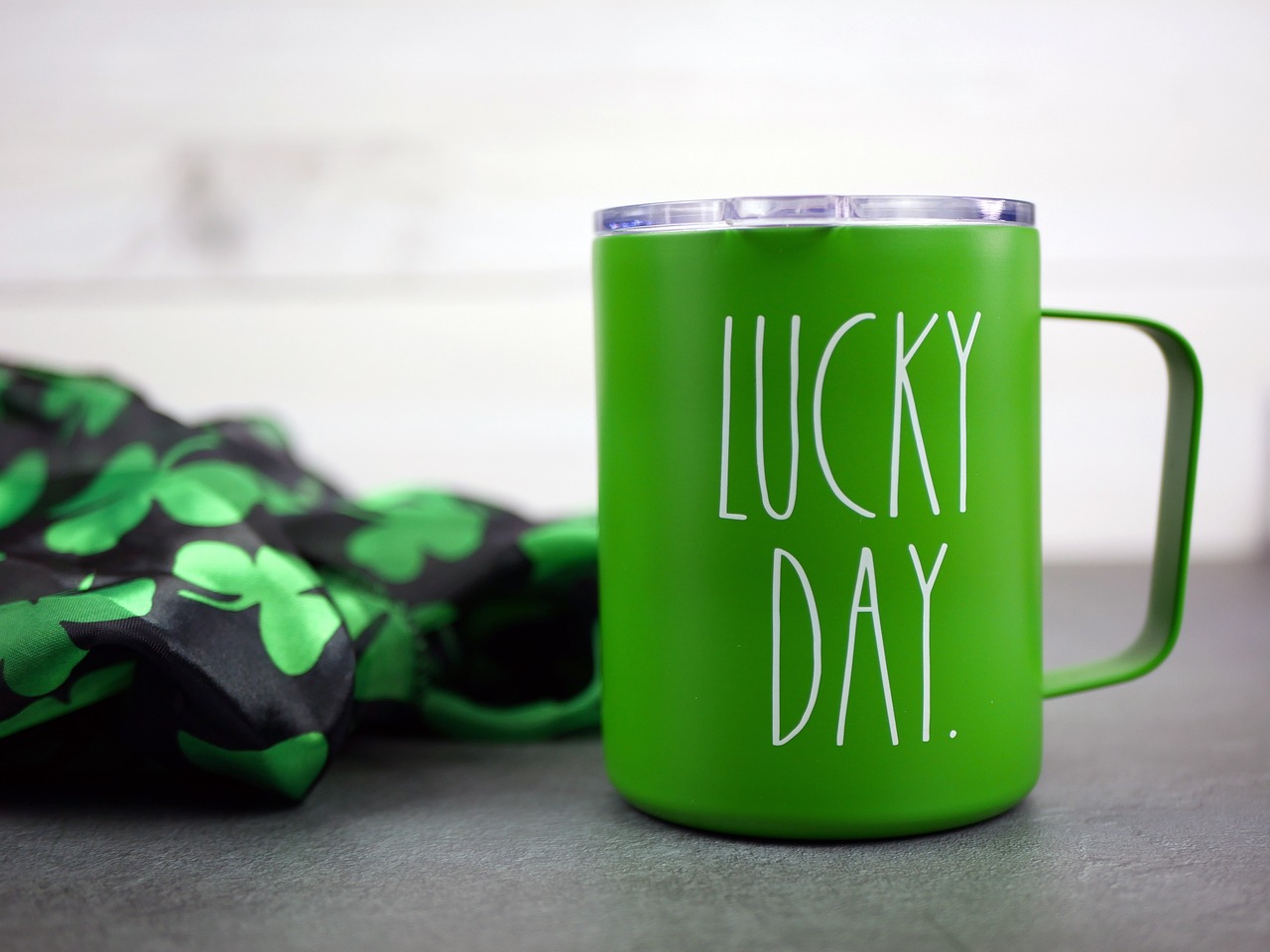Manannán mac Lir: The Ocean’s Spirit
One of the most resonant figures in Irish mythology is Manannán mac Lir, a divine entity associated with the sea. Whether known as a Celtic god, an ancient king, a member of the Tuatha Dé Danann, or a mystical overlord of the Otherworld, his identity remains a tapestry woven from various interpretations and traditions.
Manannán is celebrated in early Gaelic legends as the protector who guided the Tuatha, the remnants of an ancient race, to safety following a devastating conflict with an encroaching people. He enveloped them in a mystical fog known as féth fíada, granting them invisibility and hiding their dwellings from the prying eyes of the new inhabitants. This form of enchantment supposedly persists today, only thinning on certain days when the veil between realities draws near.
Described as the supreme ruler of three realms or perhaps just one realm known under three distinct titles, Manannán is connected to Emain Ablach, a mythical land akin to paradise, brimming with swans and yews and home to the legendary hero Lugh. It was here that Lugh received a magical spear from Manannán, a weapon instrumental in defeating Balor, a tormentor of the Fomorian race. This mystical land also gifted Bran mac Febail with a silver branch imbued with magical properties, believed to be another home of Manannán.
Tír na nÓg, the “land of eternal youth,” represents another facet of his dominion. This enchanting paradise promised everlasting youth, joy, and abundance, often referred to as the Land of Promise or Tír Tairngire. In this realm, the Tuatha Dé indulged in poetry, music, dance, and feasting; partaking in Goibniu’s immortal nourishment and enjoying the fruits of Manannán’s enchanted swine, an endless source of sustenance.
The realm abounds with wonders, including a mystical well where salmon swim among a grove of nine hazel trees, from which hangs an enchanted horn for drinking. In its midst stood a colossal tree, its boughs filled with melodious birds, alongside cities of precious gems and luxurious homes adorned with vibrant feathers. Travelers could reach this fantastical isle either by navigating through burial mounds, diving into caverns, journeying across the sea on Manannán’s enchanted steed Aonbharr, or by skillfully traversing the mists that conceal access points.
The path to Tír na nÓg, known as the honey road, winds through Moy Mell, the Plain of Honey. Within this realm, inhabitants and landscapes could only be unveiled when Manannán’s mist parted. However, curious visitors should tread carefully, as time in this land flows differently—three days could equate to three years in the mortal realm, leaving a returning traveler burdened with the weight of history.
In moments of return to the mortal realm, Manannán’s presence was said to be felt in the winds or observed in the swift flight of birds. He could manifest as a tempestuous deity or transform into various forms, such as an elderly sage or a youthful warrior clad in golden armor. The Isle of Man holds a special connection with Manannán, who is often believed to embody the very essence of the island, with tales of his adventures deeply embedded in its culture.
Mythology recounts that Manannán was the son of Lir, the personification of the ocean, leading to his distinction as a revered progenitor of humanity. His mystical nature allowed him to veil the Isle of Man in mists, maintaining a protective barrier around it. Regions and offerings sacred to him included marsh reeds and rushes.
In the Yellow Book of Lecan, the narrative grows more complex, revealing four distinguished individuals named Manannán, each holding unique identities within the folds of mythology. These figures include Manandán mac Alloit, a druid; Manandán mac Lir, a formidable sailor; Manandán mac Cirp, the king of the Isle of Man; and Manandán mac Atgnai, who assisted the sons of Uisnech seeking revenge in Ireland.
Manannán’s alias can vary across cultures; his name appears as Manandán in Old Irish, modern Irish, and Scottish Gaelic, while the Manx term is Mannan. Other names like Duartaine O’Duartaine and the Bodach an Chóta Lachtna enrich his mythic tapestry, depicting him in various roles among the Celtic peoples.
Rich with lore, Manannán’s story intertwines with ancient treasures, such as the cloak of forgetfulness, which banished memories from those entangled in personal dilemmas. His silvery musical branch and goblet holding the essence of truth and fiction were bestowed upon characters like Cormac mac Art. His self-sailing boat Sguaba Tuinne and the magical horse Aonbharr were also among his legendary possessions, alongside the formidable weaponry gifted to Lugh.
Among his enchanting possessions was the corrbolg, a mystical bag whose contents were only revealed during high tides, filled with obscure items gathered over time, including a cow that he famously acquired from India.
Given Ireland’s isolation as an island, it is not surprising that the power of the sea was both feared and revered. The spiral patterns found on numerous ancient sites are believed to symbolize the ocean’s waves and its mysteries, reflecting Manannán’s profound influence in Irish culture.



